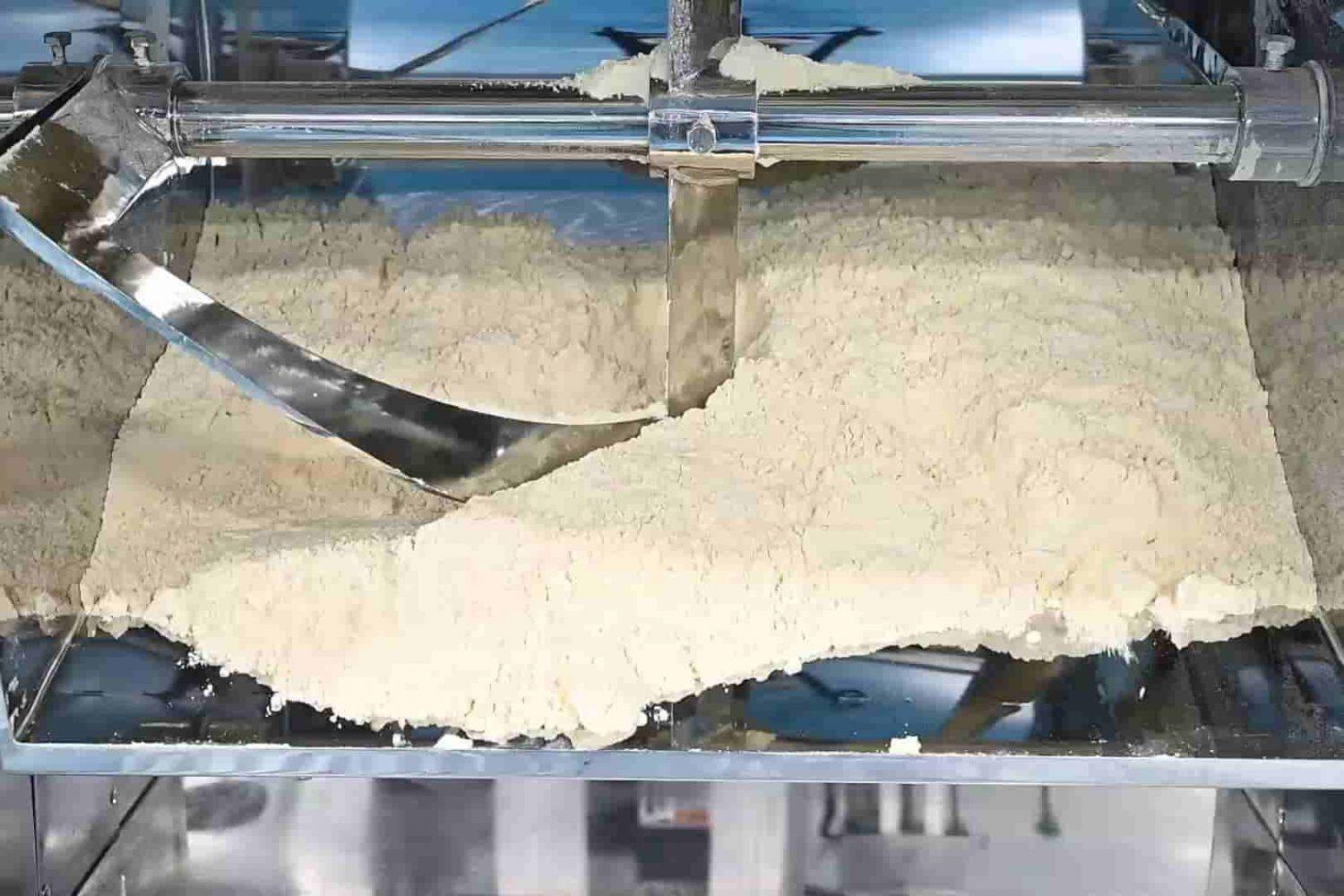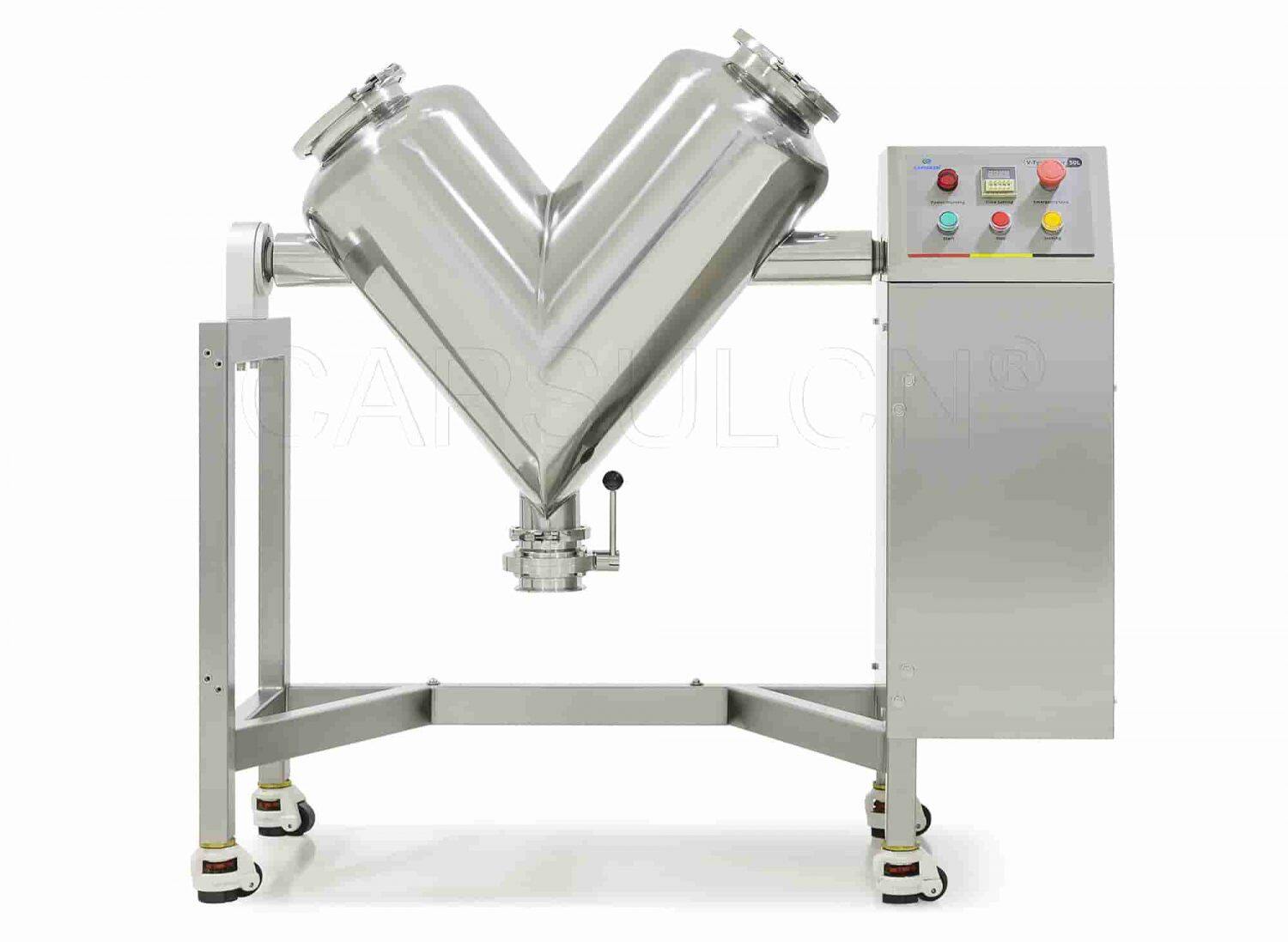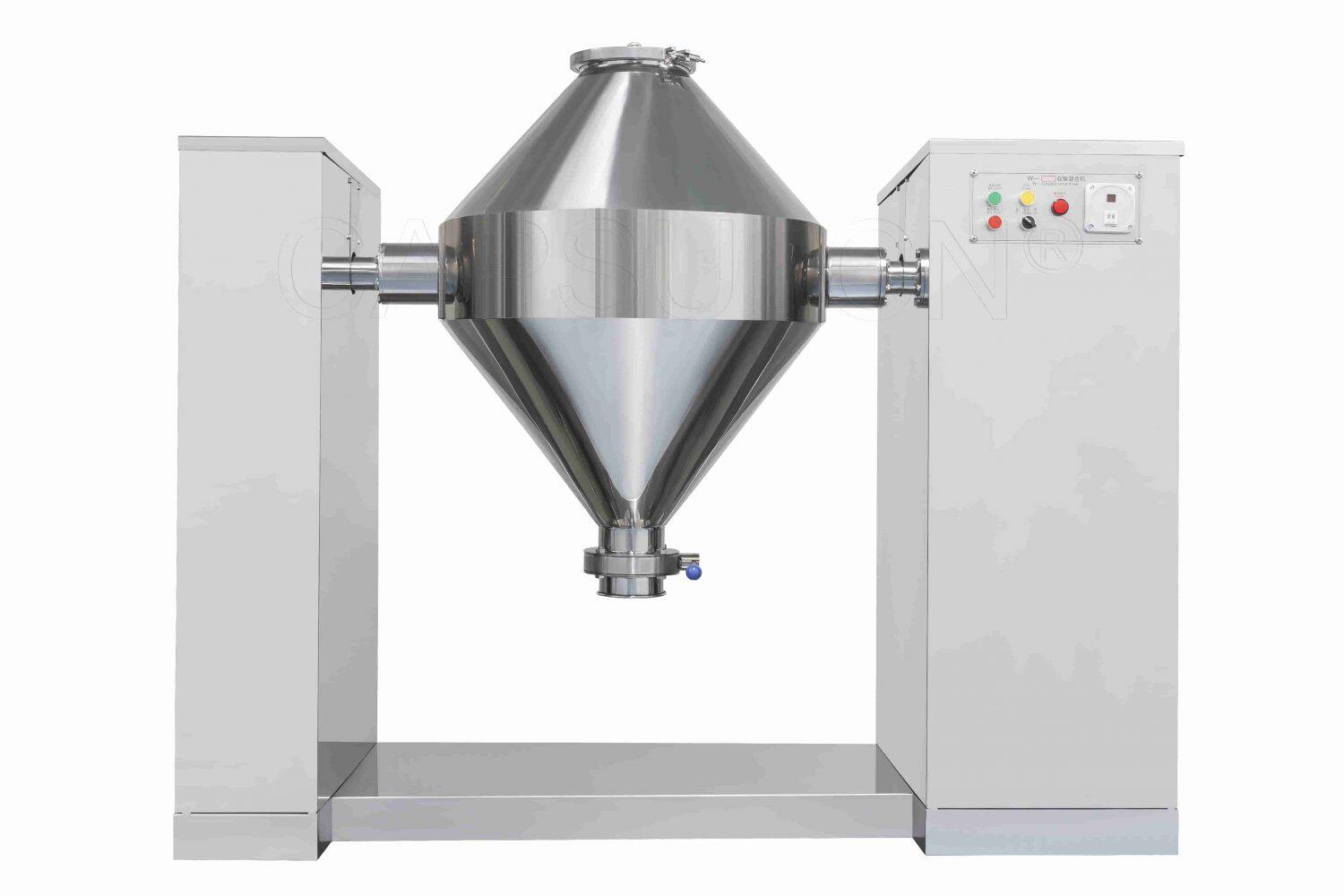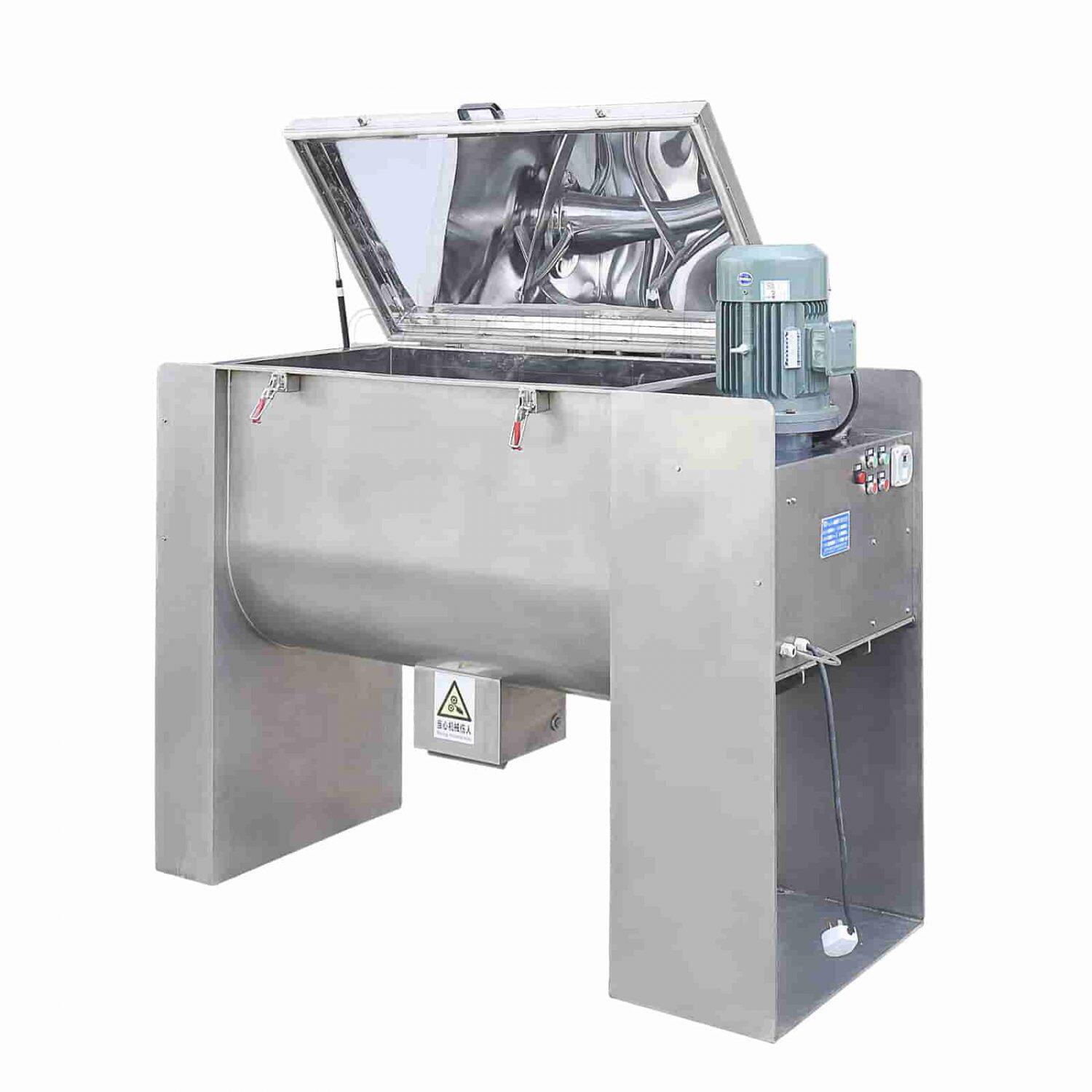Blending is very crucial in pharmaceutical manufacturing. However, it sometimes gets overlooked. This process can actually be thought of as the secret behind every effective, consistent dose you take. In simple terms, blending is aiming to create a uniform mixture and ensure each capsule or tablet delivers exactly what it's supposed to. But achieving a successful blending isn't easy. In this post, we'll explore why blending is so important, blending techniques and equipment, and challenges in the process.
What Is Blending in the Pharmaceutical Industry?
Pharmaceutical blending is all about mixing active and inactive ingredients together. The inactive ingredients here refer to excipients. They include fillers, binders, diluents, and more. Thorough blending can evenly distribute all these ingredients to form a uniform mixture.
It's just like baking a cake. If you want every slice to have the same mouthfeel and taste, the sugar, flour, eggs, and other ingredients in your recipe must be thoroughly mixed. Similarly, the goal of blending in the pharmaceutical industry is to ensure that each drug dose has the same stability and efficacy.
Why Is Blending in the Pharmaceutical Industry So Important?
The blending process in pharmaceuticals is important for several reasons:

- Getting the Dose Right: Proper blending ensures each pill has the exact amount of APIs. Otherwise, the therapeutic effect of medications may vary from one pill to another. This is definitely not good for patients who are taking them.
- Consistency Matters: A medication must work the same way every time you take it. Uniform blending makes sure that happens. It allows each dose to have the same amount of APIs and excipients.
- Safety First: Medications are taken to cure rather than put patients in danger, so safety is always a top priority. Poor formulation blending can cause issues like overdosing or underdosing in the final product. This can lead to serious health problems.
- Improving Stability: Drug stability is closely related to how well it is blended. A uniformly blended product is more stable and has a longer shelf life. Blending prevents the drug from breaking down or losing potency over time.
- Quality You Can Trust: Each pill must meet the strict quality standards of regulatory agencies. Proper blending helps produce high-quality medications that patients can rely on.
5 Factors Affecting the Pharmaceutical Blending
Now that you know blending is vital in pharmaceutical manufacturing. So, how do you do a successful blend? There are a few factors to consider:

1. Particle Size and Shape
If the particles of ingredients are too large or small, you may end up with a lumpy product or a powdery mess after blending. And if the APIs and excipients are vastly different in size or shape, they may as well not blend evenly.
No worries. There are a few simple ways to get the ideal particle size:
a. Using a grinder to reduce particle size.
b. Employ a sifter to separate particles of different sizes.
2. Density of the Material
Density is also a factor affecting how well the ingredients blend. A denser ingredient might settle at the bottom and is hard to blend into the mixture. Ingredients with similar densities can form a more uniform blend because they don't separate as easily.
3. Moisture Content
Keep an eye on the moisture content ratio. Too much moisture can cause particles to stick together. On the other hand, the ingredients can't be overly dry. Dryness can lead to static electricity. This puts you way too far from a successful blend.
4. Blending Time and Speed
There's a sweet spot for how long and fast you should blend. Too little time or slow speed might result in an uneven blend. Too much time or high speed could cause the particles to break down after mixing. The ideal blending time and speed should depend on the type of ingredients and the equipment you use.
5. Type of Blending Equipment
Different blenders suit different materials. For example, some blenders are suitable for handling both dry and wet materials. Some may be better for dry powders. Using the right equipment helps achieve the best blend without damaging the ingredients.
3 Common Types of Blenders in the Pharmaceutical Industry
If you want to do work effectively, you must get the necessary resources. In this setting, all you need is a proper piece of blending equipment. There are three common types of pharmaceutical blenders. Each one has its own unique features. Let's take a look!
1. V-Blender
The V-Blender gets its name from its distinctive "V" shape. It's formed by two cylindrical sections joined at an angle. As the blender rotates around its horizontal axis, the materials inside tumble over each other. This action promotes a gentle and homogeneous mixing of dry powders and granules.

Advantages:
- Ideal for blending delicate or fragile materials
- Provides excellent mixing uniformity for free-flowing powders
- Allows for easy and complete discharge of materials after blending
Considerations:
- May not be effective with cohesive or sticky materials
- Works best when filled to about 50-60% of its total capacity
2. Double Cone Blender
The Double Cone Blender is made up of two conical sections joined at their bases. This blender rotates around a central axis. The 360-degree rotation allows the powders inside to flow in a tumbling motion.

Advantages:
- Provides a high degree of homogeneity in the final blend
- Suitable for sensitive materials that require minimal shear forces
- The simple construction allowing for easy cleaning and maintenance
Considerations:
- May develop areas where materials don't move much
- Less effective with very fine or highly cohesive powders
3. Ribbon Blender
The Ribbon Blender is horizontal equipment with a U-shaped trough. It features a double-helical ribbon agitator. The outer ribbon moves the powders in one direction. In the meantime, the inner ribbon moves them in the opposite direction.

Advantages:
- Can handle powders, granules, and even pastes
- Comes with a top cover for effortless loading of materials
- Suitable for processing large volumes of materials
Considerations:
- Might not be suitable for heat-sensitive materials
- More time-consuming to clean due to the equipment design
How to Choose the Right Blender
Selecting the appropriate blender depends on several factors:
- Material Characteristics: What are the size, shape, density, and flow properties of the material?
- Desired Mixing Action: What kind of blending technique do you need? Gentle or aggressive?
- Batch Size: How much material do you need to blend?
- Sensitivity of Ingredients: Is the material fragile or heat-sensitive?
FAQs about Blending in the Pharmaceutical Industry
Q: How is cross-contamination prevented during blending?
Cross-contamination is prevented by:
- Thoroughly cleaning equipment between batches
- Using dedicated equipment for certain products
- Implementing strict cleaning protocols
- Training staff on contamination prevention
Q: What advancements are being made in blending technology?
Advancements include:
- Continuous blending systems
- Real-time monitoring technologies (Process Analytical Technology)
- Automation and control systems
- Improved blender designs for better efficiency
Q: What safety precautions are taken during blending?
Safety precautions include:
- Using personal protective equipment (PPE)
- Implementing dust control measures
- Ensuring equipment is properly grounded
- Training staff on safe handling of materials